Review for The Raging Moon
‘The Raging Moon’ (AKA ‘Long Ago Tomorrow’ in the U.S.) is a surprisingly forward-looking critique of the marginalisation of ‘disabled people’ on one level, and an incredibly powerful love story on another.
It’s certainly not a film by numbers, despite initially feeling very much like a late sixties, kitchen-sink period piece at its outset. It’s actually quite a difficult film to pigeon-hole but if you poured in equal parts ‘This Sporting Life’, ‘Love Story’ and ‘My Left Foot’ you might end up with something close.
Directed by Bryan Forbes, who deploys the same anxious realism as he does in say, ‘Whistle Down the Wind, to create something really quite unique. Based on a novel of the same name by Peter Marshall, Forbes penned the screenplay for the film which he insisted on directing himself. Casting his wife (Nanette Newman) as one of the romantic leads was probably less about nepotism than a canny sense of how her qualities would work in the role. She is perfectly cast as the object of the film’s hero’s affections.
Malcolm McDowell was cast against type (or certainly future type) as a young jack the lad called Bruce; a girl chasing, football playing working class lad without a care in the world. That is until he falls unconscious in a lift only to awake in a hospital to discover that he has Polio and has lost the use of his bodily parts from the waist down.
As if this isn’t devastating enough, he is aware that he is potentially now a burden to his family who seek to get him into a home, run by a well-meaning church funded charity, for disabled people. With no real means of expression he turns to poetry as an outlet and it’s not long before he really does feel that he is ‘raging at the moon’. ‘Why me?’ is never far from his thoughts and in a state of despondency he goes to the home.
Whilst staff are well meaning, they’re also patronising in their approach, treating the adult residents like children. Bruce doesn’t mix well at first but a slightly older, but very attractive lady has caught his eye. Eventually they speak and he discovers that she is intelligent, witty and extremely well-read. She’s also suffering from exactly the same disability as himself so, at last, he has met someone who he can totally empathise and communicate with. He falls in love but believes it to be a useless cause as she is engaged to a fully able man.
One day, when she returns from a trip home where she breaks off her engagement, knowing that her fiancé is only staying with her out of a sense of duty, Bruce decides to let her know how he feels.
What follows is a lovely, sensitive love story as the two become soul mates, battling the system in order to be together. I won’t spoil the ending suffice to say it had this gnarly old reviewer in tears.
Whilst it could easily have become a film slipping into syrupy sentimentality, it somehow manages to maintain the emotion without descending to that. It’s just a really good, well made, thought-provoking little movie.
How on earth Forbes got funding for a film about two wheel-chair bound lovers is anyone’s guess, but I’m glad he did. Whilst some of the attitudes in the film will seem dated by today’s standards, it was undoubtedly ahead of its time in reminding its audience that when people are physically disabled, it doesn’t make them any less intelligent or complete as people. Fortunately, such prejudice has been all but confined to the past, in no small part thanks to films like this one. Powerful stuff.
The score for the film is perhaps its most schmaltzy ingredient, featuring John Williams soloing against a syrupy easy listening orchestra, so popular that it was released as a soundtrack LP in 1971.
The BFI restoration of the film, in tandem with StudioCanal, is excellent, even on the DVD edition, with a crisp and scratch-free transfer which is a pleasure to watch. It does have quite a bit of intrinsic grain and relatively low contrast but that was the favoured film look of the day.
There are two lengthy contemporary interviews with the two leads (both running at over 15 minutes) which are good to see. Considering the film heralds from 45 years ago they both look in amazingly good shape today. Their recollections of working on the film are great to hear.
Also included are a trailer and a stills gallery.
‘Raging at the Moon’ won’t be for everyone but if a weepy with a social conscience sounds like your thing, you’ll be hard pushed to find a better example.
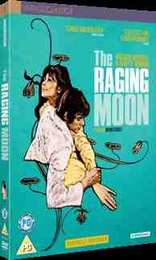





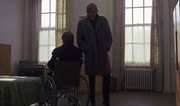

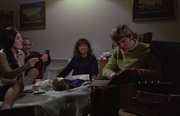


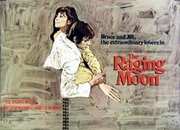
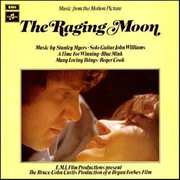
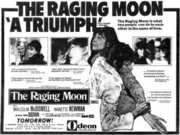
































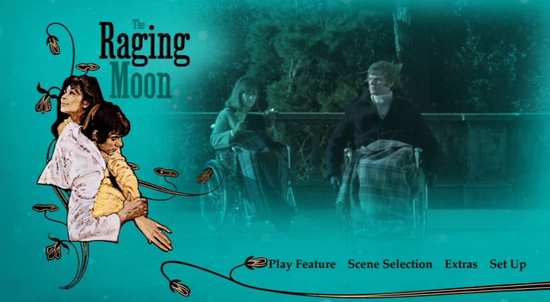
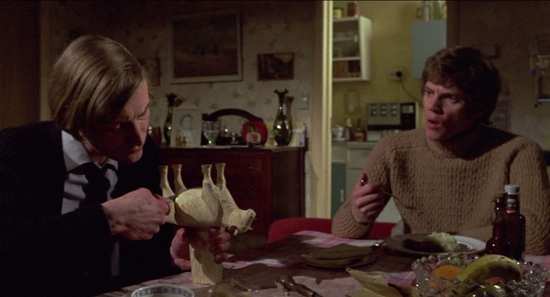
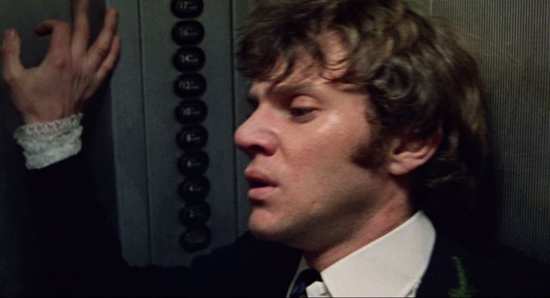
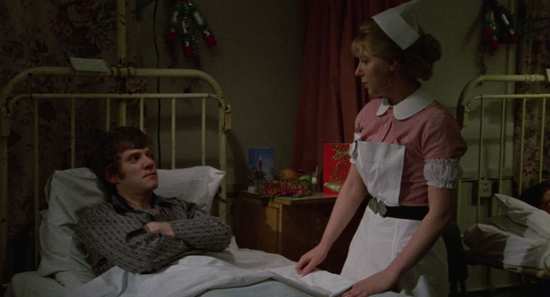

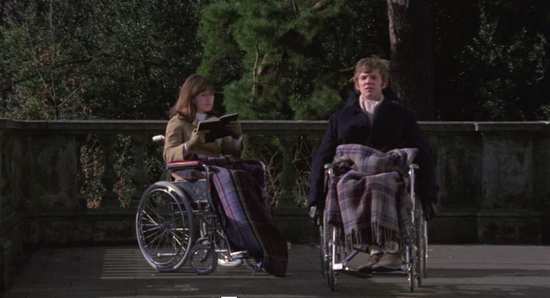

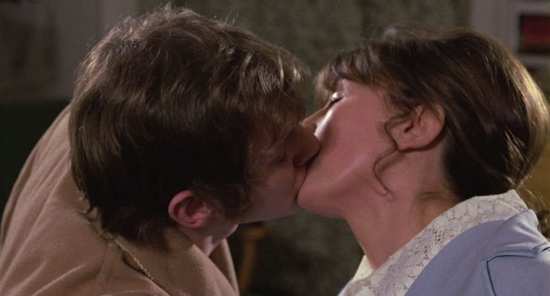
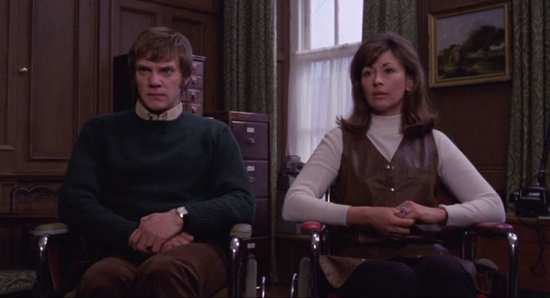




Your Opinions and Comments
Be the first to post a comment!